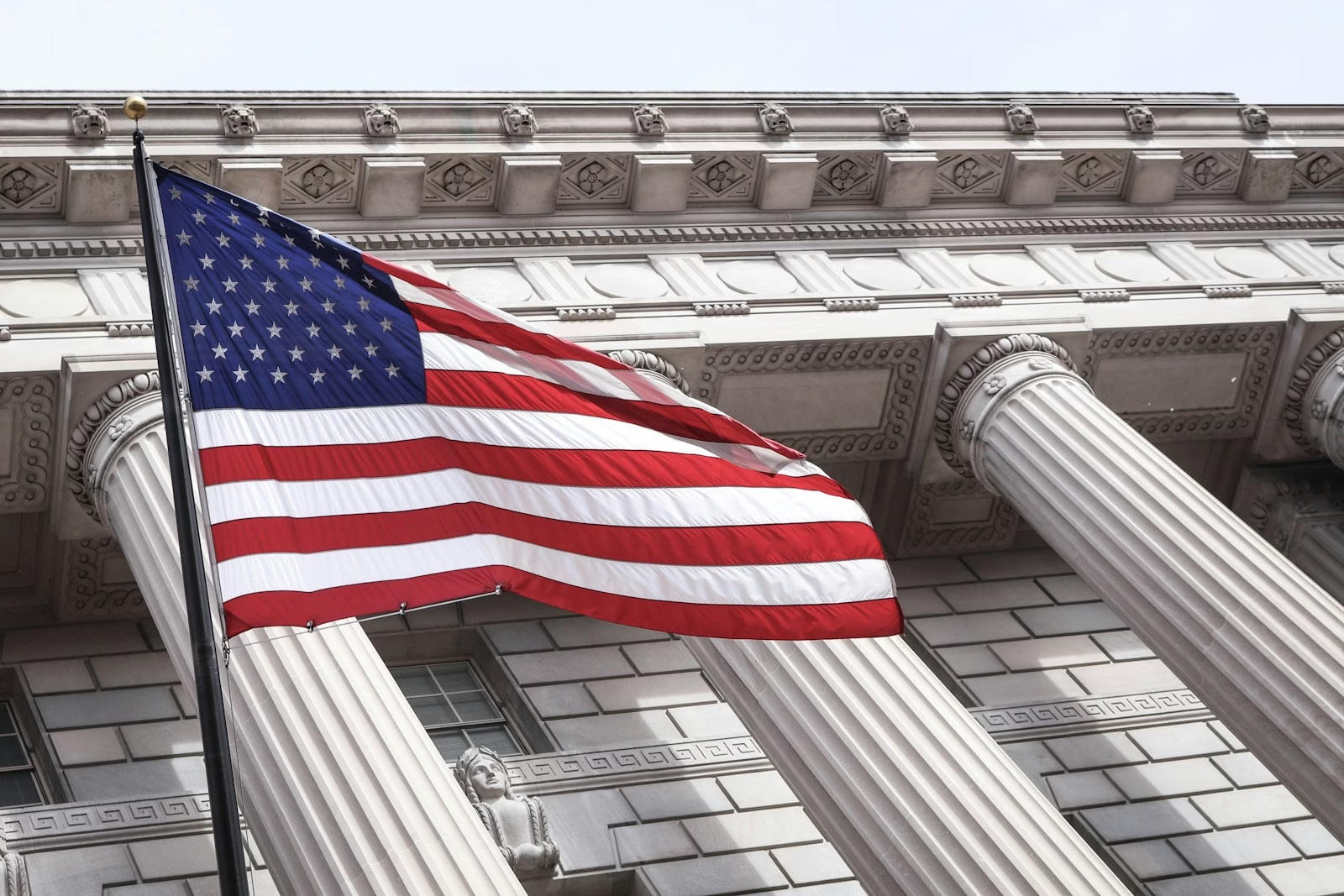Key Takeaways:
- Sharp decline in State Department transparency under Donald Trump
- Over half of U.S. ambassador posts remain empty, slowing diplomacy
- Many top roles filled by acting leaders with little experience
- Diplomats fear speaking up under new loyalty rules
- Outside influencers now shape visa and policy decisions
President Trump promised to shake up how America handles diplomacy. However, insiders say he’s weakening the system instead. In fact, there’s a growing worry about State Department transparency. Eight months into his second term, more than half of U.S. ambassadorships sit unfilled. Many key positions rely on acting officials who lack deep foreign policy experience. Consequently, diplomats overseas feel cut out of important talks and must carry out confusing orders. Meanwhile, new rules on loyalty make them afraid to raise concerns.
How State Department Transparency Has Declined
First, vacancies are at record highs. Usually, most ambassador spots fill within months of a new term. Yet today, over half remain empty. As a result, policy goals stall in capitals from Berlin to Bangkok. Next, top roles lack stable leadership. With acting chiefs in place, decisions take longer. Worse, these leaders often lack a background in diplomacy. Thus, they lean heavily on limited guidance from Washington.
Moreover, communication has dropped. Insiders report officials receive fewer policy updates from headquarters. They often learn about new rules through the media or social posts. This lack of clear direction can paralyze work on key issues like trade talks or human rights. For example, a tariff announcement might reach an embassy without details on how to explain it. Therefore, diplomats scramble to answer questions from foreign officials.
The Role of Outside Influencers on Policy
Surprisingly, non-official voices now sway visa and policy decisions. One far-right activist persuaded leadership to halt visas for Palestinians from Gaza. She also demanded firing some Muslim diplomats. Such moves undermine merit-based management and shake confidence within the ranks. Consequently, diplomats worry outside pressure will guide major foreign policy choices.
In addition, this shift harms State Department transparency. When decisions come from social media campaigns instead of formal channels, clarity vanishes. Diplomats overseas say they can’t trust or anticipate policy changes. As a result, they feel like messengers of sudden orders rather than strategic partners.
The Impact on U.S. Diplomacy Abroad
Without clear communication, American influence overseas suffers. Diplomats must explain policy moves they barely understand. This gap weakens U.S. credibility in critical talks. For instance, if an embassy struggles to justify a sudden tariff hike, it loses leverage. Foreign leaders see confusion, not strength.
Meanwhile, fear has set in. New performance rules measure an employee’s loyalty to the administration. Some diplomats worry voicing honest feedback could cost them a promotion or even their job. Consequently, they stay silent on serious issues. This culture of caution further reduces State Department transparency.
What This Means for Global Influence
A transparent diplomatic corps builds trust with allies and rivals alike. Right now, uncertainty reigns. Allies don’t know who to call in Washington. They can’t predict U.S. policy shifts. As a result, they may seek partnerships elsewhere. In turn, America loses both soft power and clout.
Even more, adversaries can exploit the confusion. They spot mixed messages and push their own agendas. The gap in U.S. leadership opens doors for rivals to fill the void. Without strong, clear guidance, America’s global standing falters.
How to Restore State Department Transparency
First, fill ambassador posts quickly with qualified nominees. Stable leadership reduces delays and confusion. Second, appoint confirmed officials to top roles instead of relying on acting chiefs. Experience and expertise matter.
Third, improve communication channels. Regular policy briefings and clear memos help diplomats stay informed. In addition, create safe ways for staff to raise concerns. Protecting honest feedback ensures better policy decisions.
Finally, shield policy decisions from outside pressure. Develop strict rules on who may influence visa or staffing choices. By limiting undue influence, leadership can return to merit-based decision making.
In sum, rebuilding State Department transparency will strengthen U.S. diplomacy. Clear leadership, open communication, and protected voices can restore America’s influence abroad.
Frequently Asked Questions
How serious is the transparency issue at the State Department?
Insiders describe a sharp drop in openness. With many vacancies and acting leaders, diplomats often lack timely guidance. This hinders their ability to explain U.S. policy to foreign officials.
Why do empty ambassador posts matter?
Ambassadors lead embassies and guide major diplomatic efforts. When posts stay open too long, policy decisions stall. Local staff must wait for direction, slowing critical work.
How do outside influencers affect policy?
Some activists and lobbyists now sway visa and staffing rules. Their input can override career experts, causing unpredictable shifts. This undermines professional expertise and transparency.
What steps can improve transparency?
Filling key roles with confirmed appointees, opening clear communication lines, and protecting staff feedback all boost transparency. In addition, limiting outside interference helps ensure decisions follow merit and law.

